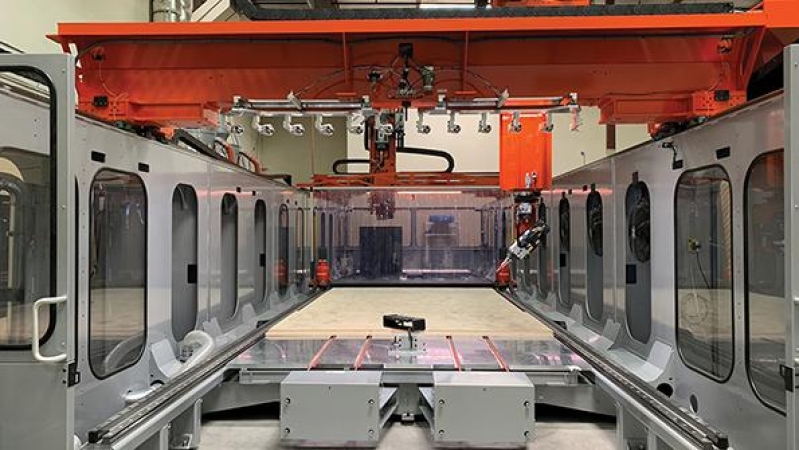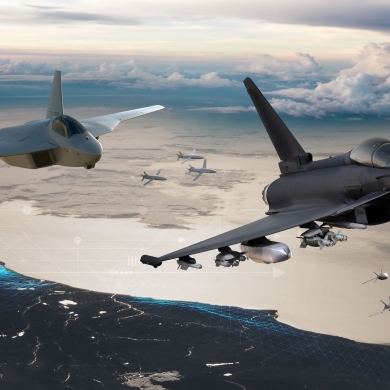3 mars 2021
Deadlines for B-21 Raider and ARCYBER
The B-21 Training Systems Innovation Challenge Deadline: WEDNESDAY 3 March 2021 The U.S. Air Force Global Strike Command and Rapid Capabilities Office have launched an innovation challenge on Vulcan focused on the B-21 Raider Training Systems. The results of the challenge will inform USAF decisions on the adoption of innovative solutions that enhance training systems for pilots and maintainers. The challenge is the continuation of a user-centered innovation effort spurred by a multidisciplinary USAF team (incl. end users) and—depending on merit and viability —provides the opportunity to: Engage with a state-of-the-art program and receive direct operator feedback. Be selected for a funded prototype demonstration Be considered for other potential development and/or integration activities beyond initial demonstration. Don't delay your engagement with this challenge. You can continue editing your submission all the way until the deadline next Wednesday 3 March 2021. Submit your innovations in Vulcan U.S. Army Cyber PAI Tools, Analytics, and Visualization Assessment Event (AE) Deadline: TUESDAY 2 March 2021 The U.S. Army Cyber Command (ARCYBER) Technical Warfare Center (TWC), is in search of industry expertise, software integration, analytic development, and data visualization capabilities to allow real-time, near real-time, and historical analysis of publicly available information (PAI). This call is interested in technologies that provide some or all of the following capabilities: Data Acquisition and Storage Data Structuring, Preparation, and Integration Data Analytics Data Visualization Submit your relevant capabilities to ARCYBER Cyber Fusion Innovation Center (CFIC) HERE by next Tuesday 2 March 2021. Review the instructions and be proactive in your submission process in order to increase the effectiveness of your engagement. IT TAKES A NETWORK!



